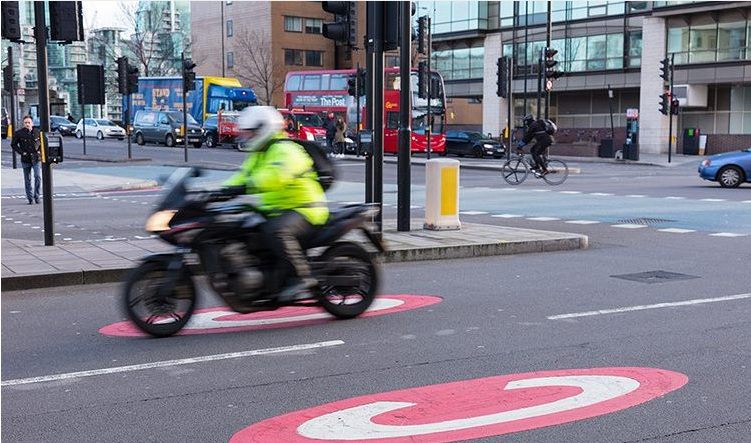The Effect of Congestion Charges on Urban Driving Patterns in the UK

Congestion charges have been implemented in several cities around the world, including in the UK, as a means of reducing traffic congestion and improving urban transportation. These charges typically require drivers to pay a fee for using certain congested roads or areas during peak hours. The effect of congestion charges on urban driving patterns in the UK has been a subject of research and debate. Here are some key findings and insights:
- Reduction in Traffic Congestion: One of the primary goals of congestion charges is to reduce traffic congestion in urban areas. Studies have shown that congestion charges can lead to a noticeable reduction in traffic volume, especially during peak hours. This reduction in congestion can result in smoother traffic flow and shorter travel times for those who continue to use the charged roads.
- Mode Shift: Congestion charges can encourage people to shift from driving their cars to using alternative modes of transportation, such as public transit, biking, or walking. This mode shift is more likely to occur when the charges are significant and there are convenient alternatives available. In cities like London, where an extensive public transit system is in place, there has been an increase in the use of buses and trains.
- Changes in Route Choices: Some drivers may choose alternative routes to avoid paying congestion charges. This can lead to increased traffic on previously less congested roads, potentially impacting air quality and traffic conditions in those areas. To address this, some cities have implemented measures to prevent “rat running” through residential neighborhoods.
- Impact on Businesses: There are concerns that congestion charges can negatively affect businesses in the affected areas, as potential customers may be discouraged from visiting due to the additional cost of driving. However, the actual impact on businesses can vary widely depending on factors such as the size of the charge and the nature of the businesses in the area.
- Revenue Generation: Congestion charges can generate revenue for local governments, which can be reinvested in transportation infrastructure or used for other urban improvement projects.
- Equity Concerns: There are equity concerns associated with congestion charges, as they can disproportionately affect lower-income individuals who may have limited transportation options. Some cities have implemented measures to provide exemptions or discounts for certain groups, such as low-income residents.
- Environmental Benefits: Reducing traffic congestion through congestion charges can lead to environmental benefits, including reduced air pollution and greenhouse gas emissions. This aligns with broader efforts to combat climate change and improve air quality in urban areas.
- Behavioral Changes: Over time, congestion charges can influence driver behavior, leading to a more efficient use of road infrastructure. Some studies have shown that even after the initial shock of the charges, people may continue to use alternative modes of transportation or adjust their travel times to avoid peak-hour charges.
- Public Opinion and Acceptance: The success of congestion charges often depends on public acceptance and support. Public opinion can be influenced by the perceived fairness of the charges, the perceived benefits, and the effectiveness of alternative transportation options.
It’s important to note that the impact of congestion charges can vary from city to city depending on factors such as the design of the scheme, the level of the charge, the availability of alternative transportation options, and the local urban context. Ongoing research and evaluation are essential to assess the long-term effects of congestion charges on urban driving patterns and their broader impacts on urban sustainability and quality of life.




